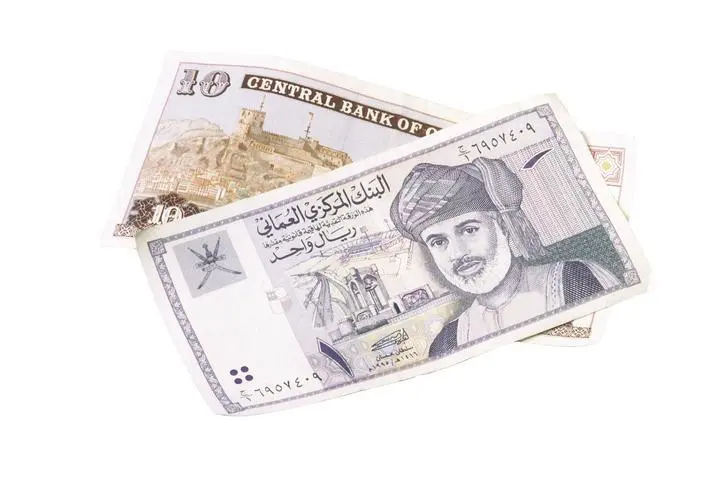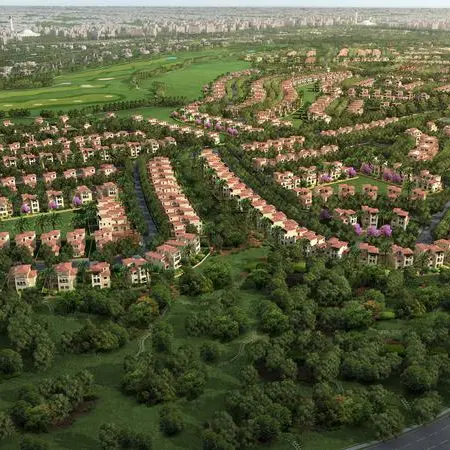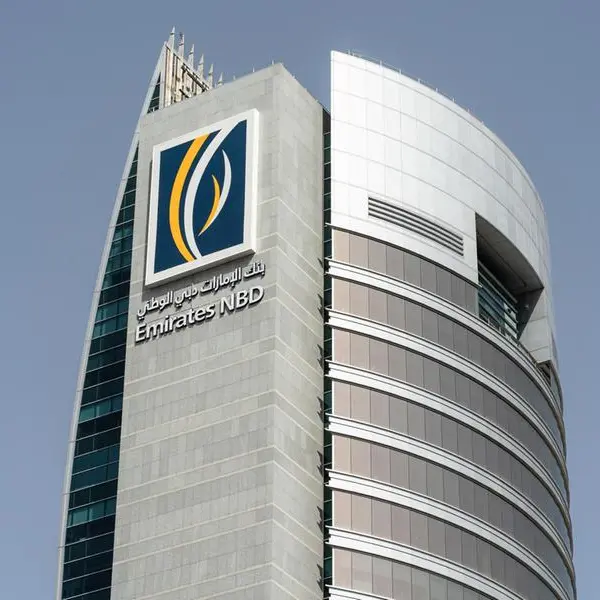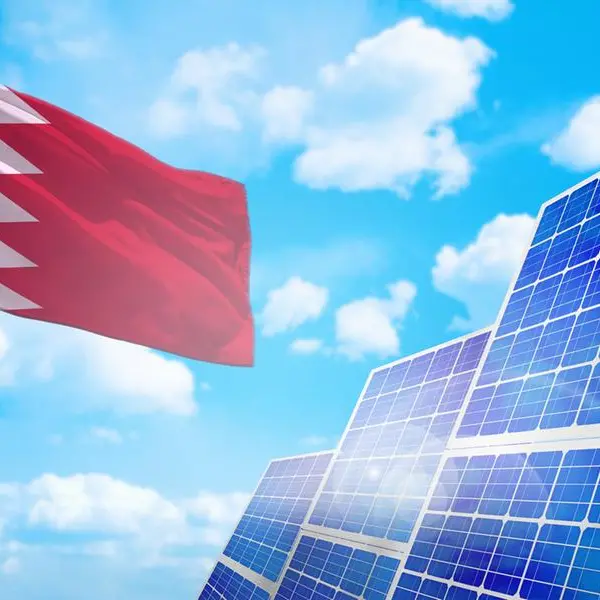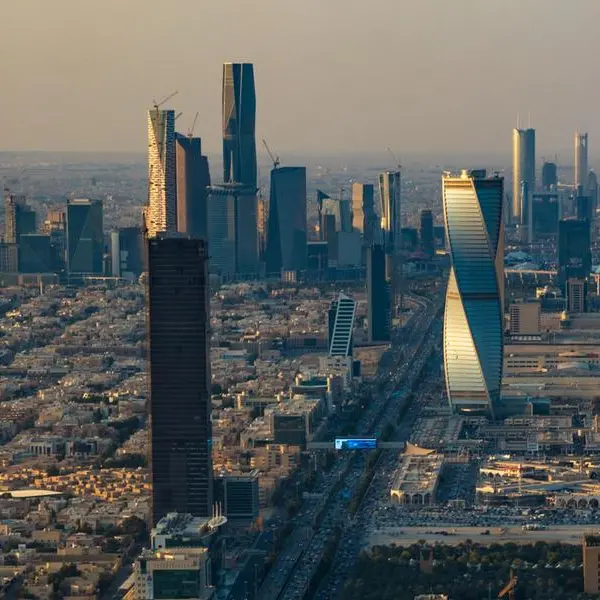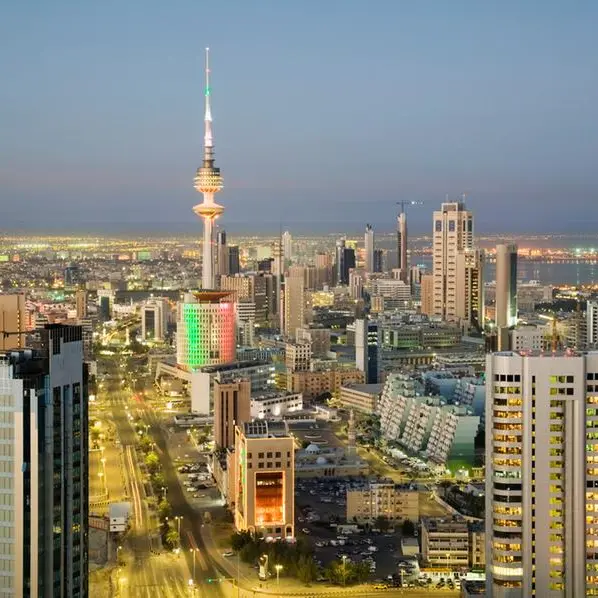PHOTO
In line with the efforts made by the government, Oman's public debt reduced to RO 18.6 billion at the end of the first half against RO 20.8 billion during the corresponding period last year.
The debt is further projected to decrease to RO 17.5 billion towards the end of the year bringing the debt to GDP ratio to 47.5 per cent in 2022, down from 67.3 per cent last year.
This is revealed in the latest edition of Fitch Solutions, the affiliate of the rating agency, which expects Oman’s 12-month fiscal surplus to stand at 6.5 per cent of its total gross domestic product this year.
On June 30 last, Oman completed a voluntary debt buyback transaction totalling $701 million across Eurobonds maturing in 2025, 2026, 2027, 2028, 2029, 2031, and 2032.
Following several years of falling public finances and external accounts until 2020, the Sultanate of Oman is now benefiting from higher oil prices and fiscal and governance reforms.
Oman crude oil prices have averaged around $95 per barrel so far this year, compared to $61 per barrel over 2021.
Oman’s expenditure growth is expected to moderate in the second half, in line with fiscal consolidation efforts.
Revenue, the report said, will rise further in the second half of the year because of high energy prices and “will help increase the country's financial surpluses, as the average price of Omani oil was $87 per barrel in the first half of 2022, which is lower than the average oil price”.
The report indicated that the increase in the average price of Omani oil in the coming months will lead to further growth in oil and gas revenues in the second half of this year, which supports the expected total revenue growth of 41.3 per cent in 2022.
Oman recorded a budget surplus of RO 784 million in the first half of the year, is poised to post its first yearly fiscal surplus in a decade in 2022.
Besides oil, tourism is another major contributor to the state exchequer.
Oman has attracted more than half of the targeted RO 3 billion in tourism investments planned between 2021 and 2023 as part of its development scheme, it said this month.
The government intends to largely allocate the fiscal surplus towards higher spending on development projects and reducing government debt. It has also introduced other measures to support economic activity and reduce the effects of past austerity on the population.
These include value-added tax exemptions, a more gradual reduction in electricity subsidies, reduced work visa fees for expatriates and lower municipality and services fees.
At the same time, data shows an increase of 8.6 per cent in total expenditure, on the back of additional fuel and food subsidies due to soaring prices.
“We expect that spending growth will decelerate in the second half as global commodity prices start decreasing, reducing pressure on total expenditures, which we forecast at 5.1 per cent in 2022,” the research wing of Fitch said.
@samkuttyvp
2022 © All right reserved for Oman Establishment for Press, Publication and Advertising (OEPPA) Provided by SyndiGate Media Inc. (Syndigate.info).
Samuel Kutty
